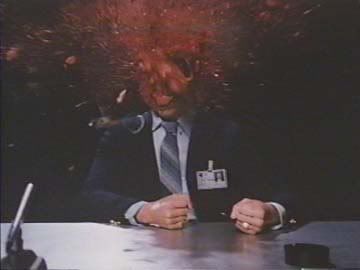D
donpipon
New member
Perhaps this is a well known issue amongst engineering community... but some home-studio owners might not be completely aware of...
I've recently discovered (because I'm a newbie after all...) an amazing bug when mixing down several tracks of digital audio on a desktop-computer-based DAW:
Unless youre using the latest HD accel core... the ALU system on most (each and every...????) audio cards, is rather shitty.... I had doubts in the past but now that I've made some experience I have absolute certain of this..
What does this mean??
that when youre mixing multiple tracks on a mixing software on PC (and it doesn't matter if you have the best of the quedruple-octuple-core-superpowermac...) the summing of this audio tracks to a single 2-track master fader produces a hard, brickwall digital compressing effect, very audible and harmful for the final audio quality. ALWAYS. The only thing you can do to avoid this is to perform a mixdown peaking at -10dB (or less!!) on the final .WAV file .AIFF or whatever...
Do the test for your own!!! take any of your mix on any multitrack software and perform 2 mixdowns: one peaking near the ceiling (-1, -2 dB) and other at -6 or -10, and hear the difference!!! the reason is simple: Theres no concept of headroom on digital audio, like there is on analog consoles. yes even at 24 or 32 bits resolution... the problem is the same: the budget on digital adders is always poor on desktop computers sound cards. And if you're planning to take your mix to a professional mastering studio, the final level of that mixdown can really make the difference!
Ive been recently to some mastering studios to clear any doubts: they ask for -6dB peaking digital mixdowns.
Did you know this secret?
I've recently discovered (because I'm a newbie after all...) an amazing bug when mixing down several tracks of digital audio on a desktop-computer-based DAW:
Unless youre using the latest HD accel core... the ALU system on most (each and every...????) audio cards, is rather shitty.... I had doubts in the past but now that I've made some experience I have absolute certain of this..
What does this mean??
that when youre mixing multiple tracks on a mixing software on PC (and it doesn't matter if you have the best of the quedruple-octuple-core-superpowermac...) the summing of this audio tracks to a single 2-track master fader produces a hard, brickwall digital compressing effect, very audible and harmful for the final audio quality. ALWAYS. The only thing you can do to avoid this is to perform a mixdown peaking at -10dB (or less!!) on the final .WAV file .AIFF or whatever...
Do the test for your own!!! take any of your mix on any multitrack software and perform 2 mixdowns: one peaking near the ceiling (-1, -2 dB) and other at -6 or -10, and hear the difference!!! the reason is simple: Theres no concept of headroom on digital audio, like there is on analog consoles. yes even at 24 or 32 bits resolution... the problem is the same: the budget on digital adders is always poor on desktop computers sound cards. And if you're planning to take your mix to a professional mastering studio, the final level of that mixdown can really make the difference!
Ive been recently to some mastering studios to clear any doubts: they ask for -6dB peaking digital mixdowns.
Did you know this secret?



 ) and good quality converters (LUCID, APOGEE, etc)
) and good quality converters (LUCID, APOGEE, etc)